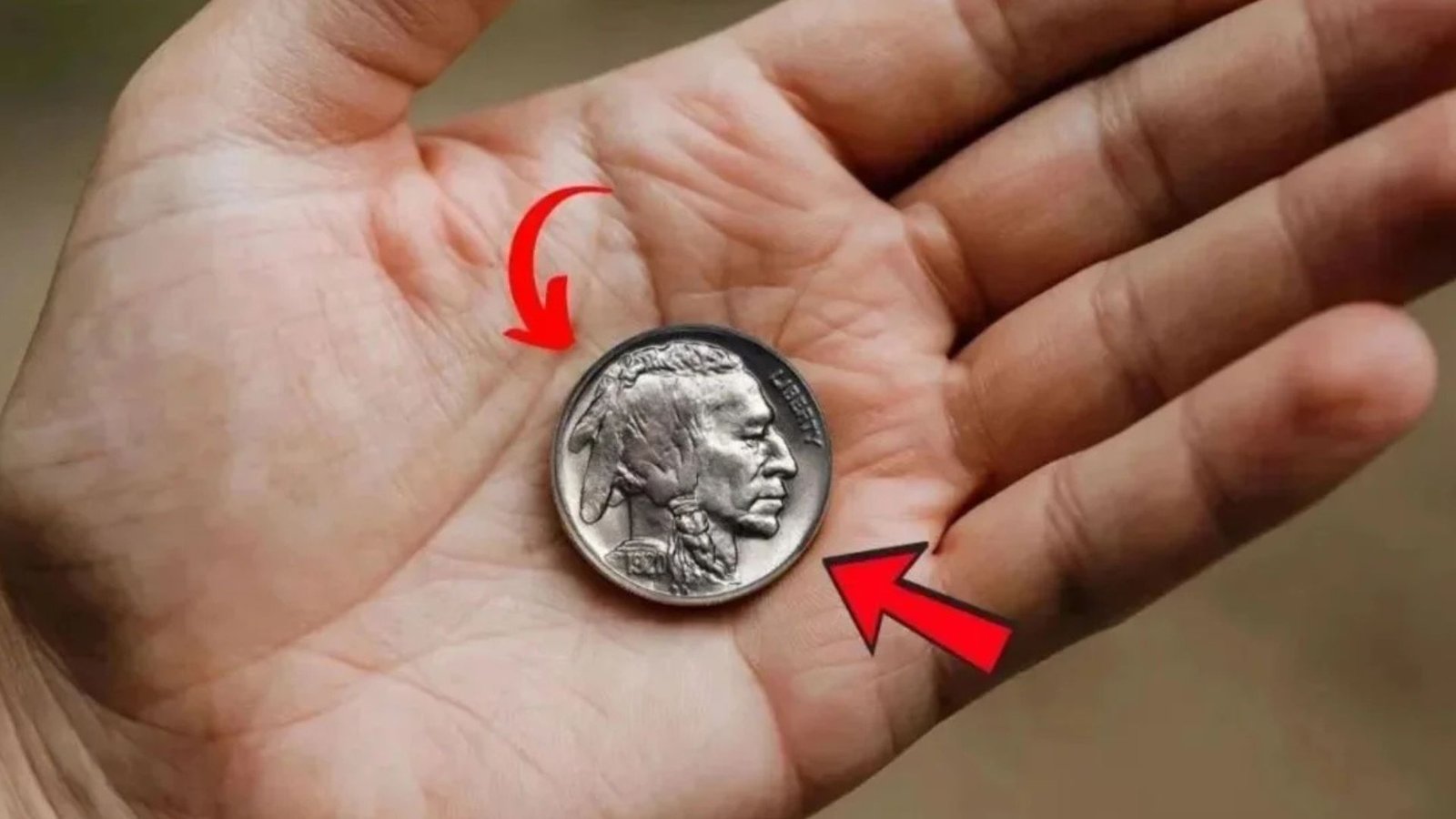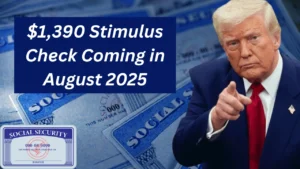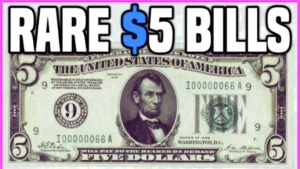Have you ever checked your loose change for hidden gems? The Buffalo Nickel, a classic American coin, might look ordinary. But a special version without a date could be worth up to $875,000. This “no-date” type comes from wear or minting mistakes, making some extremely rare. In this guide, we’ll explain everything in simple terms, including how to spot one and why it’s valuable. Keep reading to learn if you have a treasure hiding in your pocket.
Keywords: rare buffalo nickel no date, buffalo nickel value, valuable nickels, rare coins in change, buffalo nickel identification.
What Is a Buffalo Nickel?
The Buffalo Nickel is an old five-cent coin from the United States. It was made between 1913 and 1938. People also call it the Indian Head Nickel because of its design.
History and Design
This coin was created to show real American symbols. The front side (called the obverse) has a picture of a Native American man. The back side (reverse) shows a big buffalo, which is another name for an American bison. The artist James Earle Fraser designed it to honor the country’s wild past and growth.
Back then, coins were made from 75% copper and 25% nickel, weighing about 5 grams each. The date was stamped on a raised spot, which often wore down over time from use. That’s why many end up with no visible date.
Why Do Some Buffalo Nickels Have No Date?
Most no-date Buffalo Nickels happen because the date rubs off after years in pockets and wallets. The raised date was easy to wear away. But not all are the same. Common ones with worn dates are worth just a few cents or dollars.
The rare ones come from special mistakes at the mint (the place where coins are made). These include overdates, where one year is stamped over another, like 1916 over 1918. Or double dies, where the design is stamped twice by accident, making it look blurry. These errors make the coin unique and super valuable.
The Value of Rare No-Date Buffalo Nickels
A normal Buffalo Nickel might sell for $1 to $10. But rare no-date versions can fetch huge prices at auctions. One sold for nearly $350,000 due to a 1916/1918 overdate in great shape. Unique error types have gone for $100,000 to $875,000.
What makes them so expensive? It’s all about how rare they are, their condition, and history.
Factors That Affect the Value
- Year Made: Coins from early years like 1913 to 1926 are harder to find and cost more.
- Mint Mark: Look for a small letter like “D” (Denver) or “S” (San Francisco) under the buffalo. These are rarer than plain ones from Philadelphia.
- Condition: Coins in “mint state” (like new, no wear) are worth the most. Even worn ones can be valuable if they have special features.
- Special Features: Errors like overdates or a three-legged buffalo (from a worn die) boost the price.
- Proof of Ownership: Coins with a known history or from famous collections sell higher.
Here’s a simple table comparing common and rare no-date Buffalo Nickels:
| Feature | Common No-Date Nickel | Rare No-Date Nickel |
|---|---|---|
| Cause of No Date | Worn from everyday use | Mint error or special variety |
| Condition | Heavily scratched and dull | Sharp details, even if lightly worn |
| Mint Mark | Usually none or common | Rare like “D” or “S” |
| Value Range | $0.50 to $2 | $100,000 to $875,000 |
| How to Spot | Blurry designs, no special marks | Faint date traces, doubling, or errors |
How to Identify a Valuable No-Date Buffalo Nickel
Spotting a rare one isn’t hard if you know what to look for. Here are some easy steps in bullet points:
- Check for no date or a very faint one on the front, below the Native American’s shoulder.
- Examine the designs: The Native American and buffalo should still be clear, not too flat.
- Use a magnifying glass to spot mint marks or errors like doubled lines.
- Weigh it: It should be exactly 5 grams.
- Feel the edge: It’s smooth, not ridged like some other coins.
- Get help: Take it to a coin expert or send to a grading service like PCGS (Professional Coin Grading Service) for a check.
Remember, cleaning the coin can lower its value. Leave it as is!
Notable Sales and Why Collectors Love Them
Collectors go crazy for these nickels because they tell a story of America’s past. For example, a special mint error no-date nickel hit $875,000 at auction. Another with an overdate went for $350,000. Even everyday finds at estate sales or in junk drawers have turned into big money.
These coins aren’t just metal—they represent art, history, and luck. Joining coin clubs or online groups can help you learn more and maybe find your own.
Tips for Starting Your Coin Hunt
- Look in old jars, drawers, or family heirlooms.
- Buy rolls of nickels from banks and search them.
- Attend coin shows or visit shops for advice.
- Store finds in protective cases to keep them safe.
- Research online guides for more varieties.
With patience, you might uncover a hidden fortune.
FAQ: Common Questions About Rare No-Date Buffalo Nickels
Q: Are all no-date Buffalo Nickels worth a lot?
A: No, most are common and worth under $5. Only those with rare errors or from key years are valuable.
Q: How can I tell if my no-date nickel is real?
A: Check weight, size, and designs. Get it graded by experts to confirm.
Q: Where can I sell a rare Buffalo Nickel?
A: Use auction houses, coin dealers, or online sites like eBay after getting it authenticated.
Q: What’s the most expensive Buffalo Nickel ever sold?
A: Some have reached over $3 million, but no-date errors top at $875,000 for specifics.
Q: Can I still find one in circulation today?
A: Yes! They sometimes show up in change, though it’s rare.
Conclusion: Start Checking Your Change Today
The rare no-date Buffalo Nickel proves that everyday items can hold big surprises. With values up to $875,000, it’s worth taking a second look at your nickels. Remember, the key is rarity, condition, and special features. If you think you have one, don’t clean it—get a professional opinion right away. Who knows? Your next handful of change could make you rich. Happy hunting, and share your finds in the comments!




